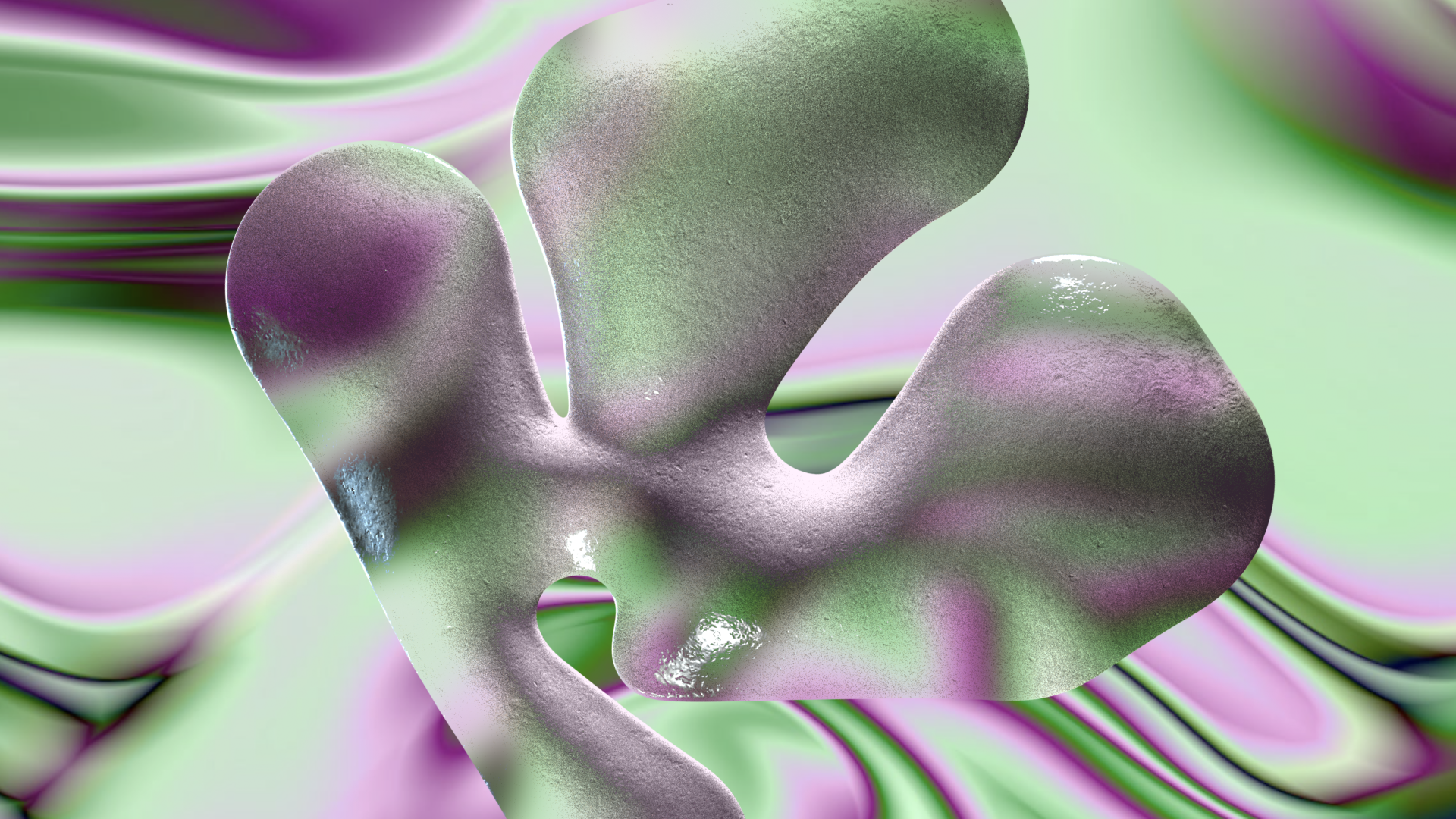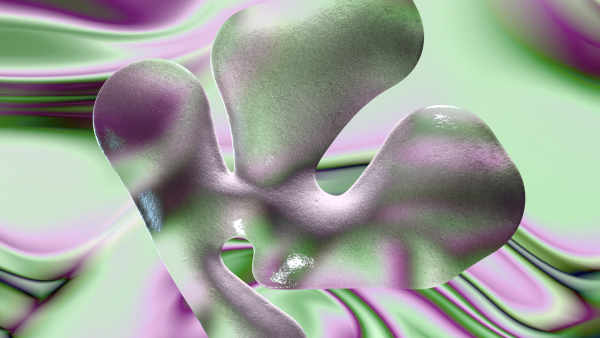Can NFTs Actually Be Good for the Environment?


With Patch, the Palm network gains the ability to develop an in-depth carbon offset strategy, and invest in projects around the world, ranging from preserving forests to funding the next big breakthrough in carbon removal technology.
This summer we saw demand for blockchain art and collectibles explode. In July alone, NFTs generated over $1.2 billion in sales. For projects running on Proof of Work systems, this growth comes with an environmental cost. Palm was built to help change that. Over the course of the past two months, we’ve minted over 200,000 NFTs, using 99.99% less energy than would have been required to create them on Ethereum. To further minimize our footprint, Palm uses Patch to offset the environmental impact of moving assets between our network and mainnet, and invest in projects dedicated to global carbon removal.
Wondering what that means and how we do it? Let’s dive in.
So, why do NFTs use energy?
Ethereum is a popular network — and as you may have encountered yourself, traffic on the world’s favorite crypto highway can get congested. While Ethereum is in the process of transitioning to a more efficient Proof of Stake model, today, Ethereum currently uses a Proof of Work model to reach consensus. On Ethereum today, thousands of distributed computers, or nodes, solve complex, energy-intensive mathematical puzzles to verify each and every transaction
In general, more Ethereum activity means more energy used to power the network because more activity means more fees paid out to people who solve the puzzle. How much energy? To extend our highway analogy, one transaction can be the equivalent of driving a car 50 miles (Source: Patch).
How does Palm use 99.99% less energy?
Palm is an Ethereum sidechain. This means assets that exist on Palm are compatible with Ethereum, and vice versa. Palm is connected to mainnet Ethereum by a bridge, making it easy to transfer assets back and forth between networks.
Palm uses a method of consensus that is designed to prioritize sustainability, speed and incredibly low transaction fees. This means you can create, share and transact on Palm as much as you like, with minimal carbon footprint. When you do want to transfer assets from Palm to mainnet Ethereum, we offset any carbon emissions using our partner Patch.
What’s Patch?
Patch is an API-first platform for carbon removal that enables businesses and their end users to neutralize their carbon footprints through traditional nature-based and frontier human-engineered carbon removal projects. They’re on a mission to enable the world to remove CO2 from the atmosphere at the gigaton scale — that’s billions metric tonnes of CO2. Human beings emit approximately 40 gigatons per year.
Patch goes way beyond simply buying a carbon offset credit. Via Patch, the Palm network gives creators and fans the opportunity to participate in the most sustainable NFT ecosystem; neutralizing emissions and investing in carbon removal projects around the world. Today, the initiatives we support include the Running Kelp Tide Project (USA), Klawock Heenya (USA), Duzce Aksu Hydroelectricity Plant (Turkey), and Safe Community Water Supply (Rwanda).
So, what comes next?
Many projects choose Palm in large part because of our focus on sustainability. As we continue to build our ecosystem, we’re excited for the Palm community to play a bigger role in guiding the development and implementation of our carbot offset strategy.
Humanity must remove 10-20 gigatons of CO2 each year over the next 30 years to keep global temperatures in line with targets set by the Paris Agreement. Together with Patch, Palm is excited to contribute to that mission, and to have our community shape that contribution.







